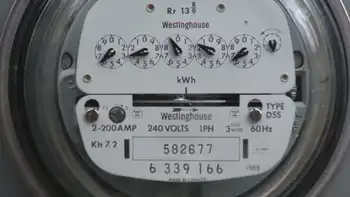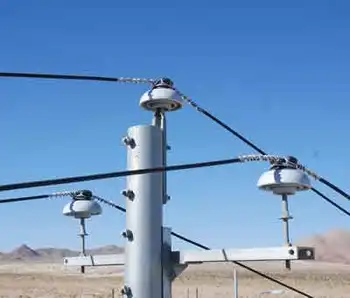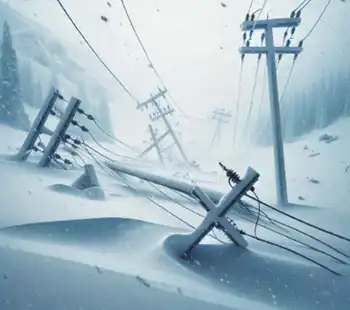MEC cares about its ecological footprint
By Burlington Post
Substation Relay Protection Training
Our customized live online or in‑person group training can be delivered to your staff at your location.

- Live Online
- 12 hours Instructor-led
- Group Training Available
Mountain Equipment Co-op (MEC) recently opened its 12th Canadian store at Brant Street and Leighland Road.
“MEC’s Burlington store is the culmination of a long and thorough process...,” said CEO David Labistour, in a news release. “Burlington is the hub of MEC’s membership base in the region; and the store is located near the GO station and major arteries connecting to surrounding areas.”
The Brant Street location will generate a large percentage of its energy using a 24 kWh solar system that will generate both electricity and heat, according to a company new release. Excess energy will be sold back to the grid; when more energy is required than can be generated on site, it will be purchased from wind sources.
The building features skylights providing natural light, an ice storage system for cooling that will draw off-peak electricity at night, low-flow fixtures, recycling of grey water and rainfall, and landscaping that reflects the local environment and encourages birds and insects.
MEC sells clothing and equipment designed to facilitate “self-propelled” outdoor recreation such as hiking, camping, cycling, canoeing, climbing and snowsports. Most products are manufactured from long-lasting, environmentally sustainable materials such as organic cotton and recycled polyester. As it is a co-op, one must become a member to shop there; a lifetime membership is $5 and also entitles the member to vote on how the co-op is governed. Membership forms can be found in stores and online at www.mec.ca.
According to MEC, membership fees and sales profits are channeled back into the store or used to fund the co-opÂ’s various grant programs.
MEC seeks opportunities to contribute to the sustainability of the local community, said Tim Southam, public affairs manager.
MEC says it plans to work with the City of Burlington to extend lakeshore bicycle lanes north on Brant Street to the store. These, coupled with proximity to the GO station and bus routes on Brant Street, should encourage members to leave the car at home. The Burlington store will begin servicing bicycles in spring 2009.
MEC has already contributed to BurlingtonÂ’s cycling infrastructure through a $10,000 grant to the Share the Road Cycling Coalition. It has also given $100,000 to the Bruce Trail Association, as part of its membership in One Percent for the Planet, an alliance of businesses that provide financial support to environmental initiatives.
The local co-op is on track to receive LEED (Leadership in Energy and Environmental Design) Gold Certification and will be 70 per cent more efficient than a conventional building.
“We are pleased to welcome Mountain Equipment Co-op to Burlington and applaud this leading retailer’s commitment to encouraging active living and adhering to rigorous green building standards,” said Mayor Cam Jackson. “MEC’s new Burlington store is a complement to our city’s growing economy and our commitment to a greener future.”











